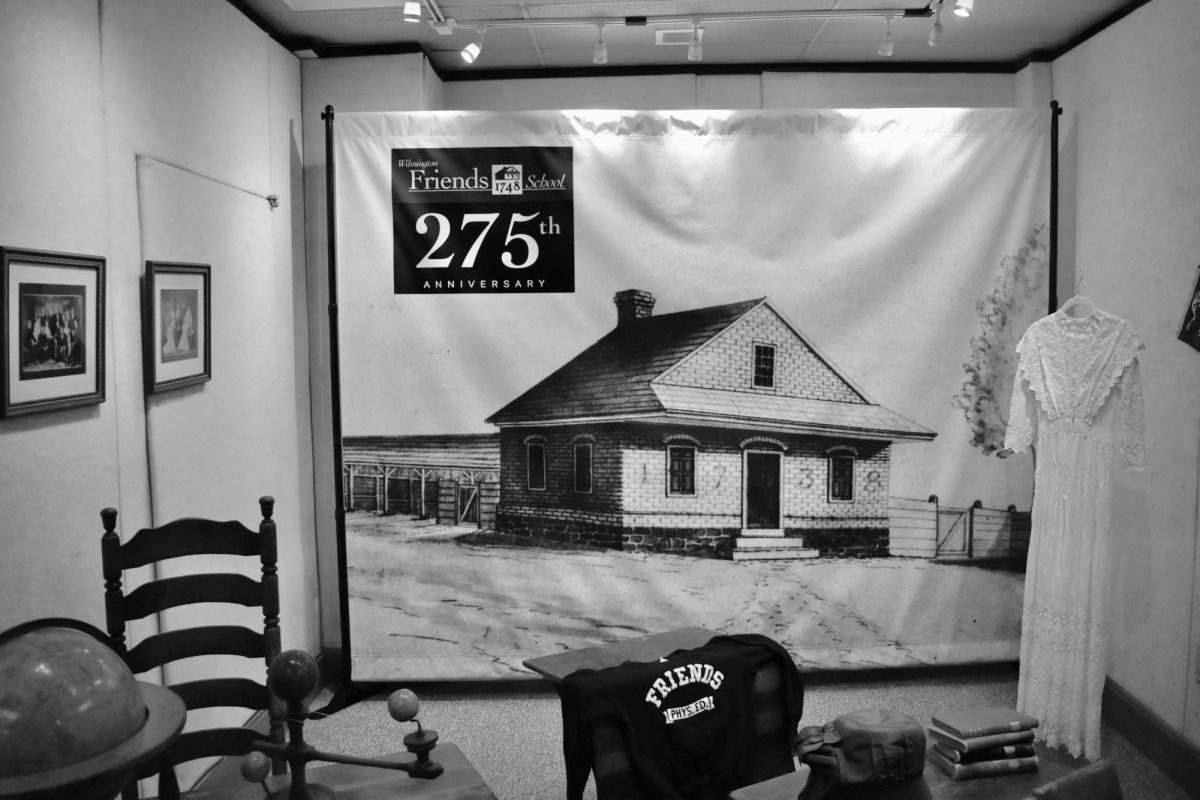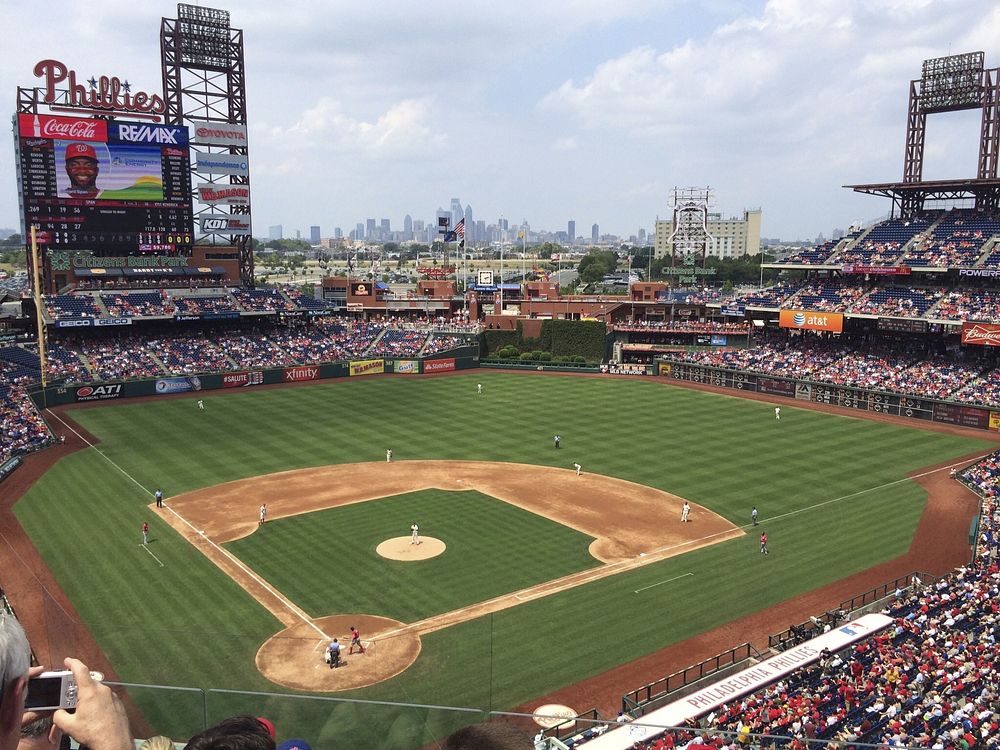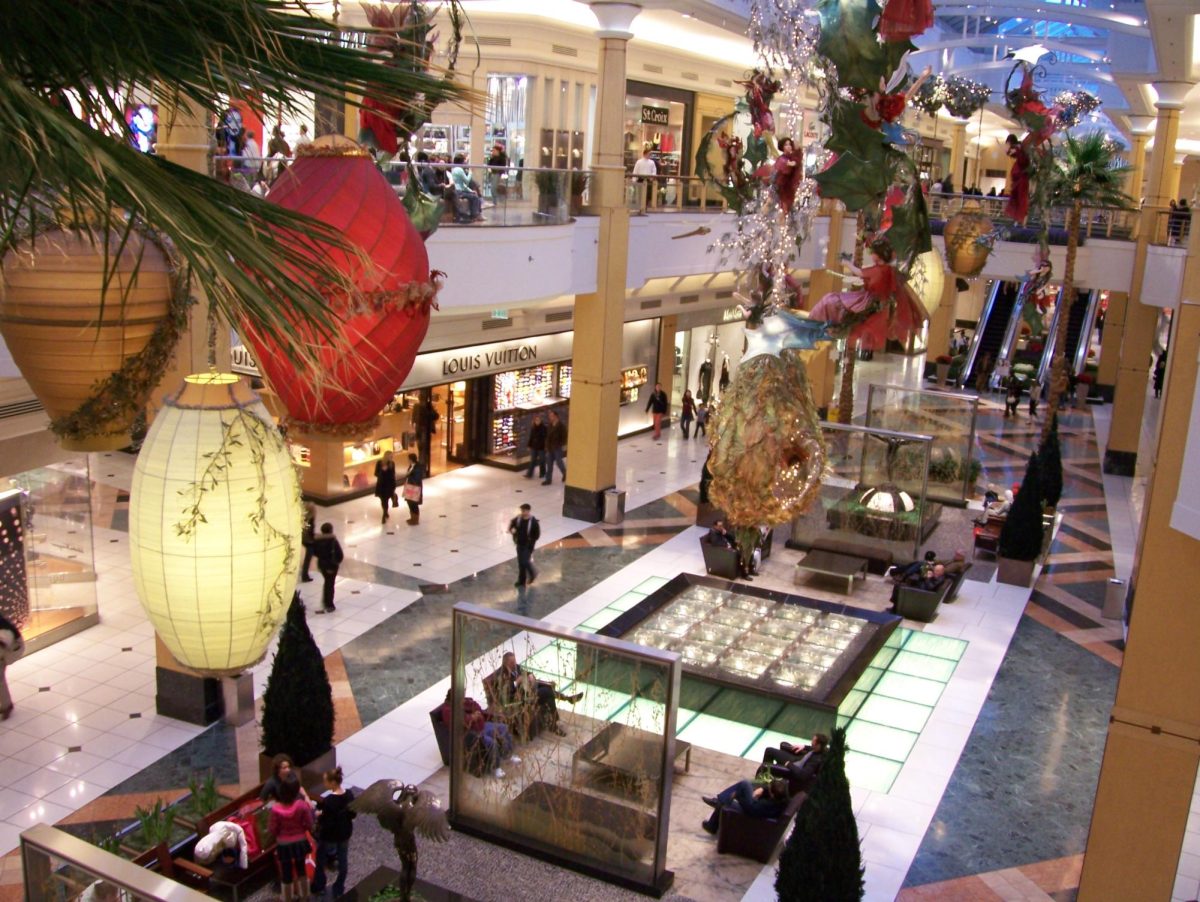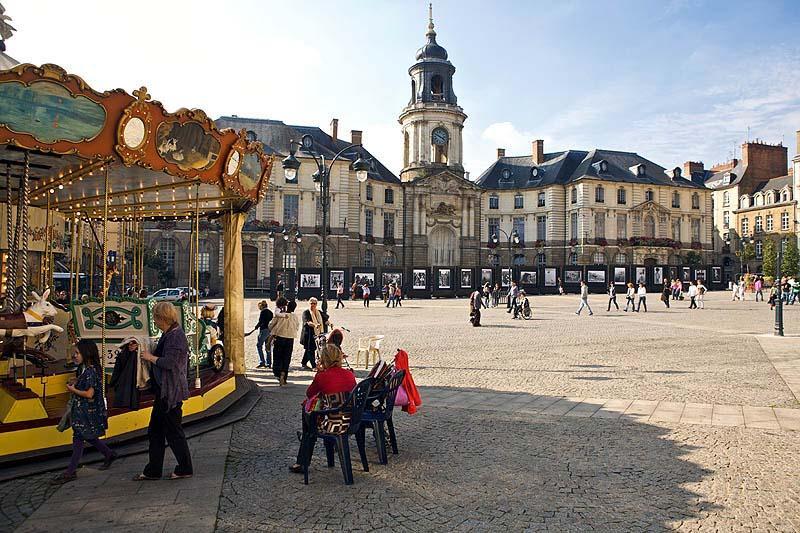Exploring Rennes Through Cultural Cusine
April Issue: Global Edition
http://www.brittanytourism.com
Rennes France
A large buckwheat galette folded in and out of fresh tomato, dots of sweet basil, gooey cheese from a local market, a large pad of salted butter, a crisp and bitter bowl of cider, all followed up with a densely layered buttery cake, coating each tooth with fine sugar crystals. This is the typical traditional meal that you would find in Rennes, France. Rennes, the capital region of Brittany, is the location for classic Breton cuisine. In addition to the cliché meal of galettes, cheese, and a bowl of cider with a final bite of kouign-amann, the sugary, decadent, layered pastry filled with butter, the Rennes culinary world has so much more to offer. From classic dishes to experimental gastronomy, Rennes is one of the most underrated hotspots for true culinary delights.
After spending a year in this culinary-filled city, I made myself very familiar with the food scene. After a quick Google search before my trip, I quickly found Le Daniel, Rennes’ main culinary claim to fame. Le Daniel, a chocolaterie just a dangerously close, five-minute bus ride away from SYA’s home base, is a world-renowned home of one of the famous members of the Meilleur Ouvrier de France, or the MOF. This elite group of culinary masters wears three-colored badges of honor – the most prestigious award in France given to few of the most talented cuisiniers in the world. In other words, Le Daniel is one of few places on earth to literally eat perfection in the form of chocolate and pastries.
Although I enjoyed the towering sugar pieces of art, the perfectly tempered and delicate pieces of chocolate lined up along a fully decorated window, and caviar made of mango purée atop a spiced lava cake, my favorite culinary experience occurred at an empty courtyard turned a bustling marketplace for locals on Sundays. Every Sunday morning at six, local farmers, florists, and artists set up their tents and tables to await the townspeople of Rennes. The market is a sea of color, spanning across an old cobblestoned courtyard lined with colorful and old apartments. At nine, live music starts, tables are set, and the people of Rennes spend the afternoon together, picking out freshly cut flowers, sausages, and unpasteurized cheeses. The scales of fresh fish sparkle in the sunlight adjacent to a large kettle of bright yellow saffron rice. Along with local artisans, butchers, and farmers, local food stands that set up at the edge of the courtyard offer unparalleled cuisine. For most, these food stands are Rennes’ best kept secret, hiding behind ancient Churches, masking the smell of fresh ingredients and the sound of happy customers intertwined with string music, remaining an exclusive hideout for longtime locals. By three in the afternoon, all evidence of this seemingly permanent beauty would disappear. Tables would be broken down, flags would be folded, and families would go home, each bringing a piece of the market back to their own preset tables. At night, the dark courtyard leaves no evidence, besides the occasional cut flower stem curiously lying on the otherwise pristine cobblestone.
Anxiously awaiting these seemingly magic-filled market days, a typical Breton would pass the time in countless cafés that dot the city at every corner. A foreigner would probably expect a typical café to look something like a scene from a movie set in Paris. A large awning, wicker chairs faced towards bustling streets, busy waiters, and a cloud of smoke acting as smoggy shield to protect the café’s judging patrons. However, cafés in Rennes are a bit different. With ever-changing weather patterns and small, less populated streets, cafés in Rennes are cozy, indoors, and intimate, allowing the people-watching to occur inside, if at all. Cafés in Rennes can range from an elegant tea room with marble countertops, dainty delicacies, and bowties, to an apartment sized Cat Café, where a cup of thick hot chocolate and a scone is accompanied by a stranger’s mildly friendly pet cat.
Rennes, a historic and intimate city has more to offer than what meets the eye. As an explorer of its landscape, I found that Rennes’ hidden culinary gems took some digging. The food scene is intertwined with the town’s locals, and to find a hidden gem takes some courage. Food, I found, was the best way to navigate within Rennes’ braided and confusing streets. Although there are many more secluded treats that lie within the city, I think its mystery and our own discovery is what makes the culinary experiences within any city exceptional.






























